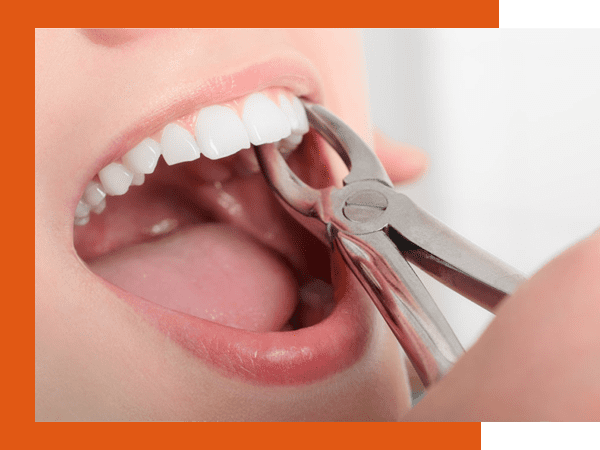Non surgical
Non surgical tooth extraction is used for many tooth removals. Some of the instances where non surgical removal would be advised include: to remove baby teeth, extracting teeth visible within the mouth, and certain other situations.
Here are some of the pros and cons of non surgical tooth removal.
Pro 1: Patients typically recover from this type of tooth removal quickly, allowing them to continue with everyday activities.
Pro 2: Patients experience little to no pain during or after the procedure.


